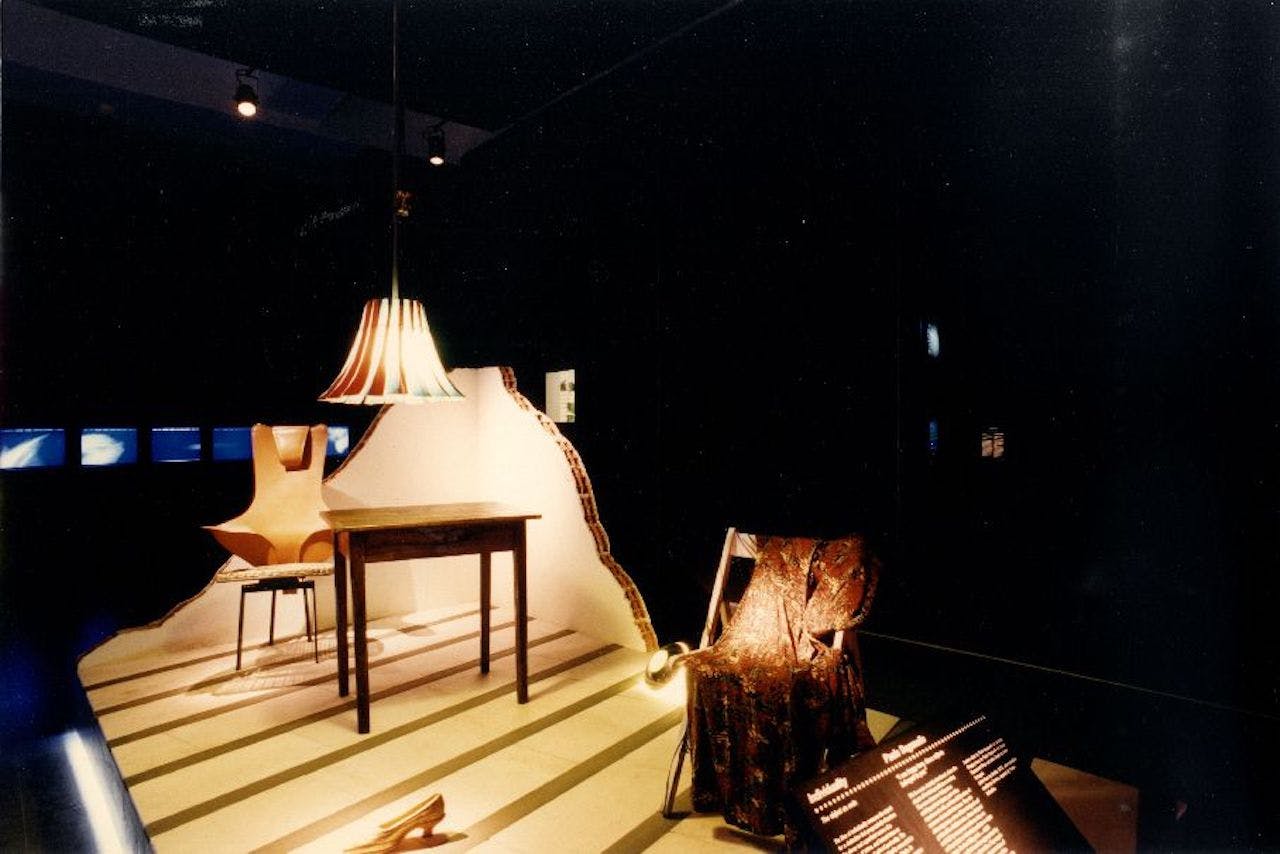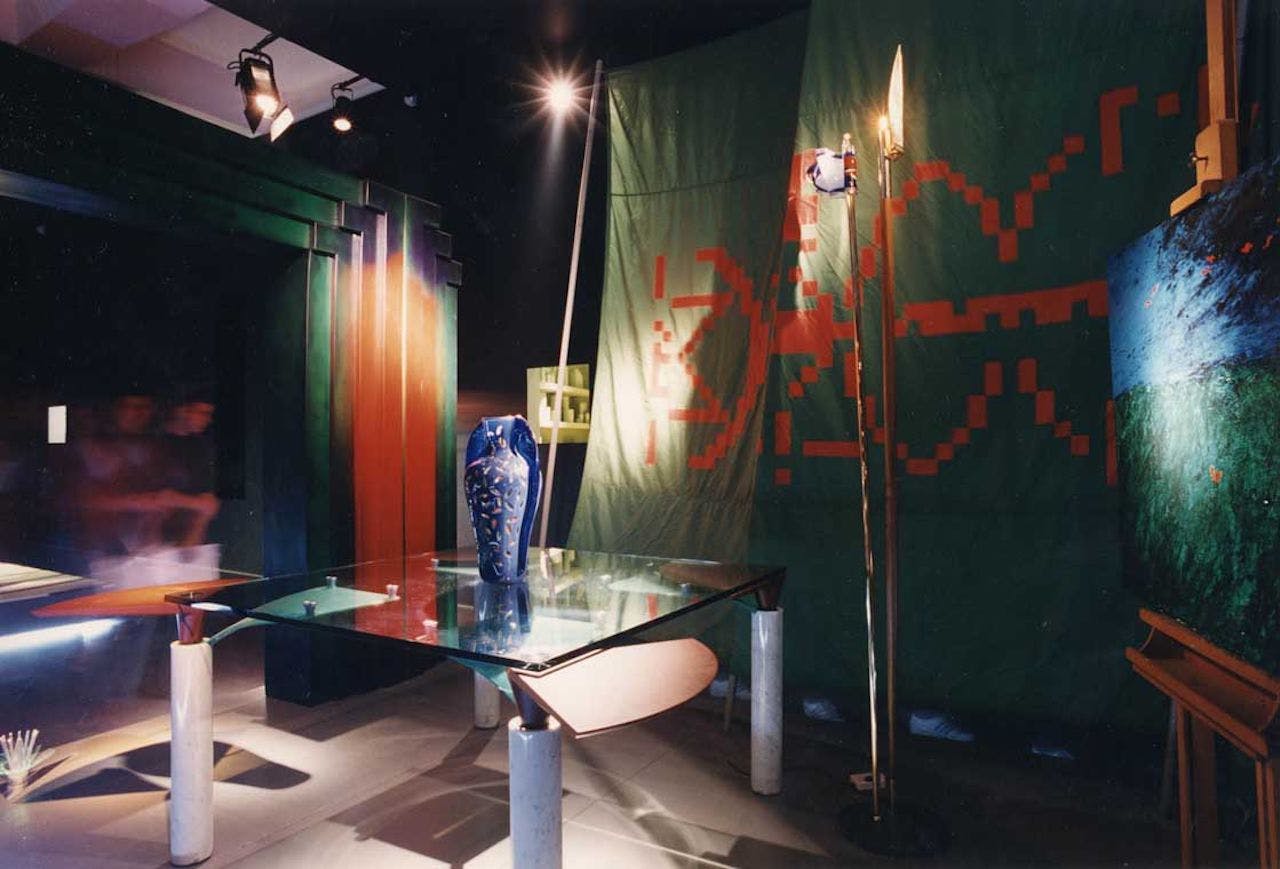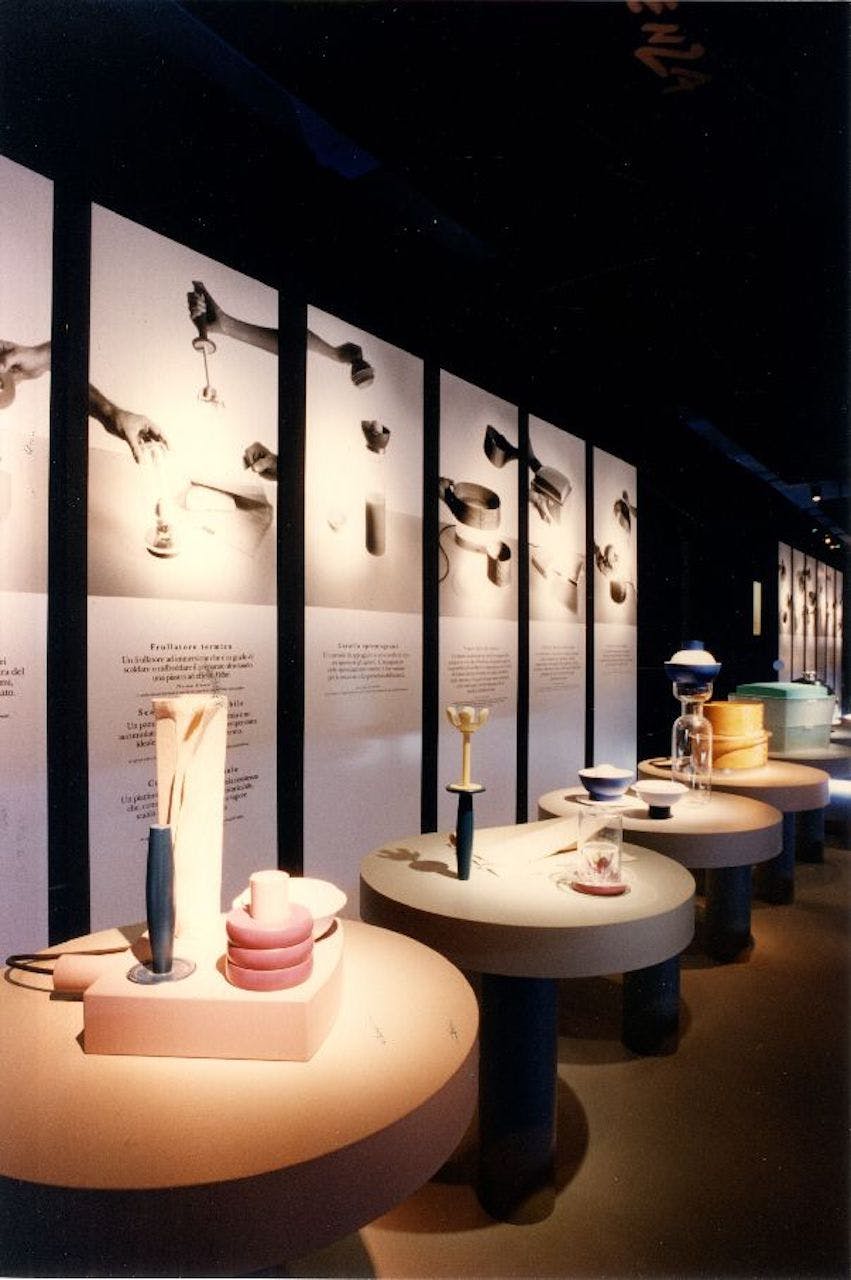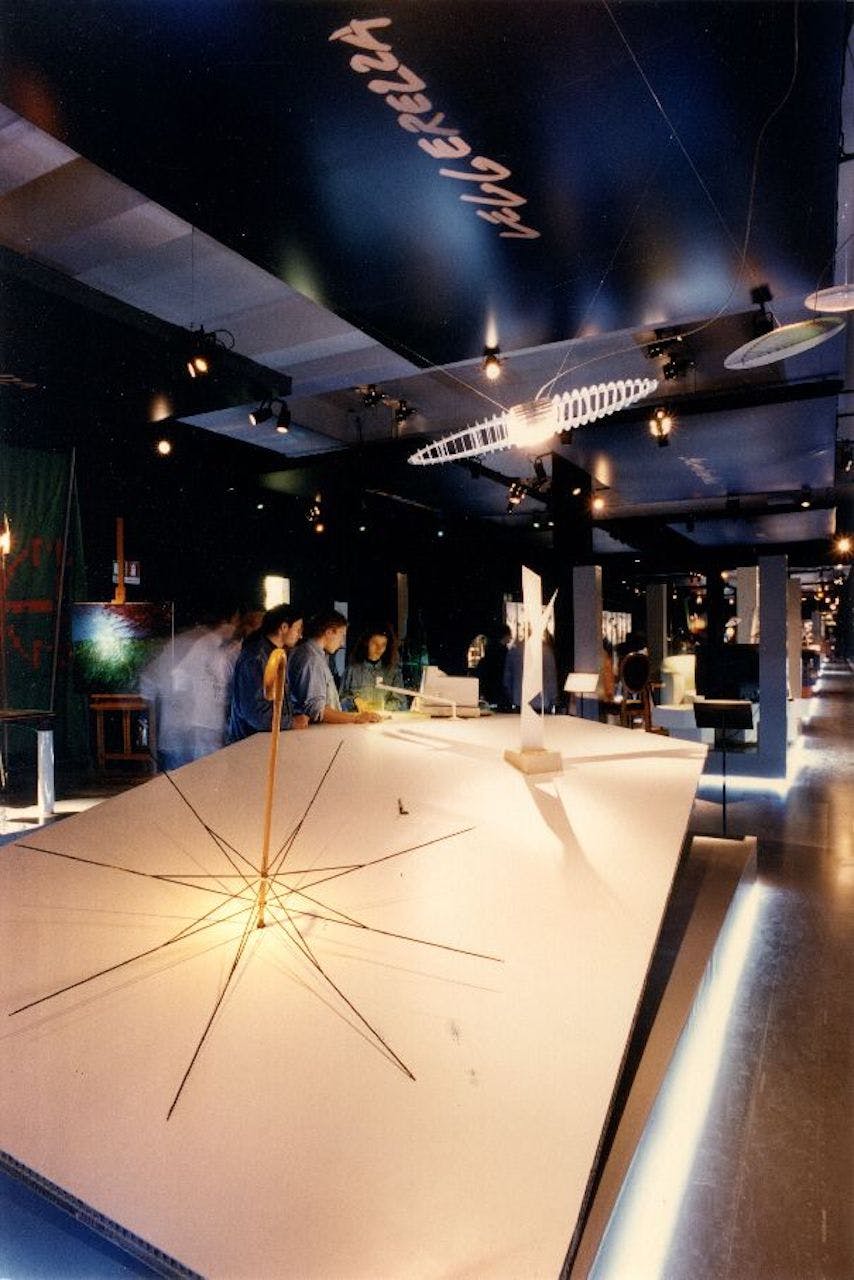
© Triennale Milano - 18th International Exhibition
The Tradition of the New, curated by Marco Sammicheli, is a project/exhibition being staged at the Museo del Design Italiano for Triennale Milano’s 23rd International Exhibition. Starting from the museum’s collection and the archives of international exhibitions, the project illustrates the research carried out by individuals, companies, schools and collectives into unknown or as yet unexplored spheres of the existent. The exhibition reconstructs the fundamental events of this “approach”, with particular reference to the history of the Triennali during the period between 1964 (13th Triennale – Free Time) and 1996 (19th Triennale – Identity and Difference), which stimulated reflections and debates on issues that are still open today, such as the environment or free time, the social inclusion of different identities, global geography and the large number.
As part of the reflection on the environmental issue, one of the topics on the agenda is the need for greater “care”, understood as affective attention to every aspect of the existent. The thematic exhibition ‘The Garden of Things’, curated by Ezio Manzini for the 18th International Exhibition, suggests a new vision of the relationship between things and the technique used to make them. Below are some extracts.

18th International Exhibition
Thematic exhibition
Life between things and nature: design and the environmental challenge
Fulvio Carmagnola, Frida Doveil, Ezio Manzini, Francesco Morace, Antonio Petrillo
1. “The garden of things” is a metaphor for a world where technique is cultivated, just as nature is cultivated in the garden of plants. A world in which things are fascinating and different like plants. And, like plants, have a life of their own: things that last for centuries like an oak, or that live for a day like a flower, but that in any case fall within a more general cyclicity of matter and energy. Things that, like a fruit tree, love themselves as they are and for what they give us. Things that provide a service and require our care. “The garden of things” is the metaphor of a possible world inasmuch as it is sustainable. That is, a world in which producing, consuming and pursuing satisfaction of one’s needs is not at odds with the need to ensure the habitability of our planet for present and future generations. A possible world, in which things have a sense, an individuality, a story and at times their own magic and mystery too, like certain plants. However, at the same time, “the garden of things” is just one of many different and equally possible future worlds. It has all the potential of a shoot: it can grow or die suffocated by other stronger plants. What happens will depend on us: on our capacity to recognize its value and give it the chance to live.

2. Thinking about “the garden of things” means changing our view on nature and on the role played by objects. It means a radical transformation of the value references and quality criteria with which the relationship between humankind and the environment, between humankind and things, has been thought of in modern times. It also means a profound change in design culture. The change has already been underway for some time and has led to that complex phenomenon known as New Design.
With New Design the relationship with things has been placed at the centre of a profound reflection, becoming the starting point for numerous lines of research. Today, the emergence of the environmental issue places this reflection and this research on a broader horizon, linking them to a complex of cultural, social and productive facts, which offer design culture an extraordinary opportunity: that of starting again from the constraints that the environment places on the current system of production and consumption in order to propose different solutions, based on new quality criteria.

© Triennale Milano - 18th International Exhibition

© Triennale Milano - 18th International Exhibition

© Triennale Milano - 18th International Exhibition